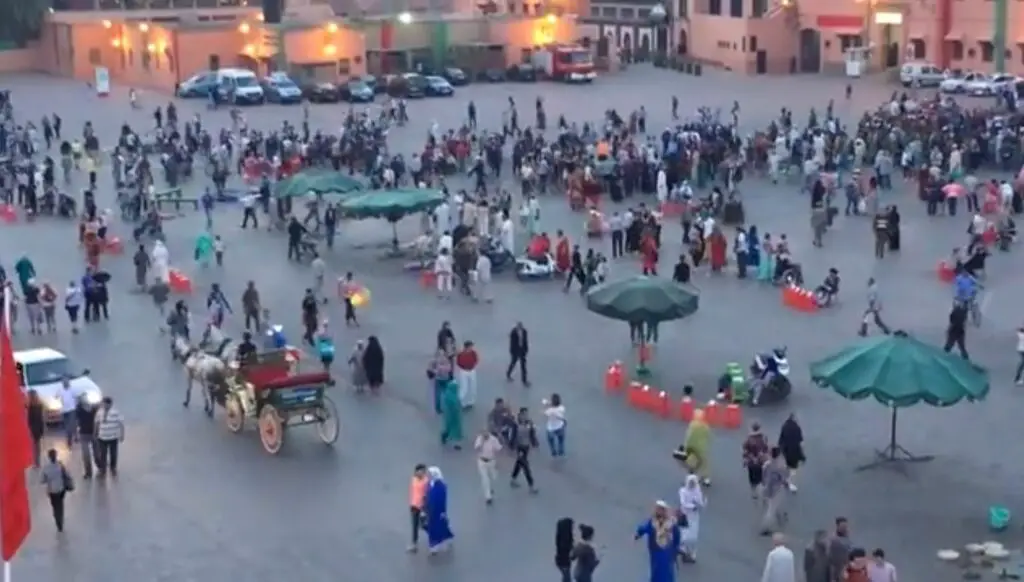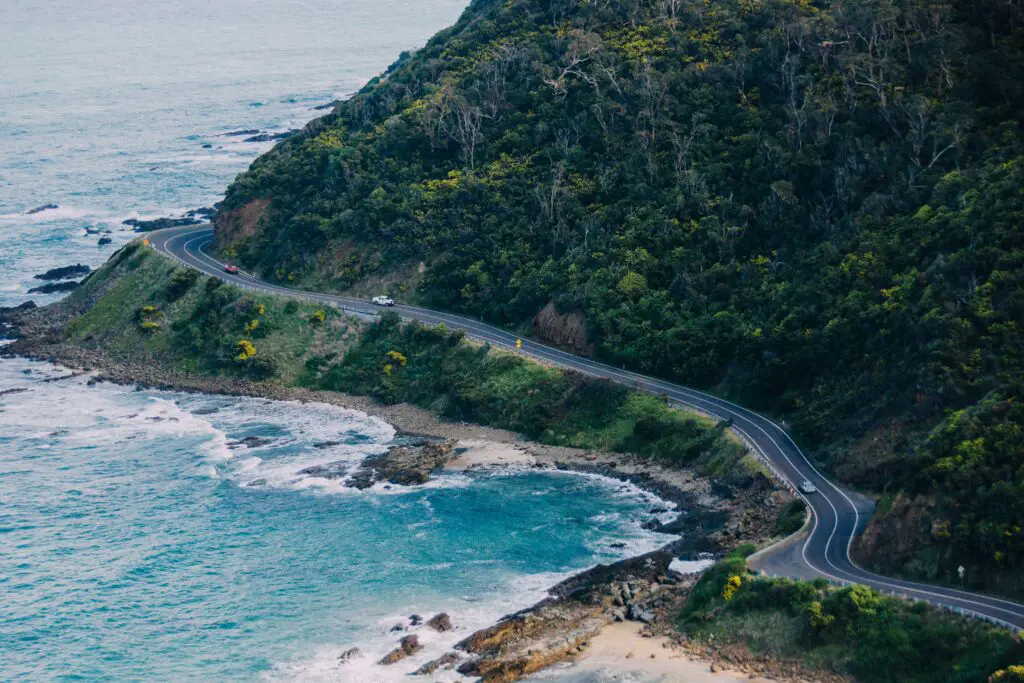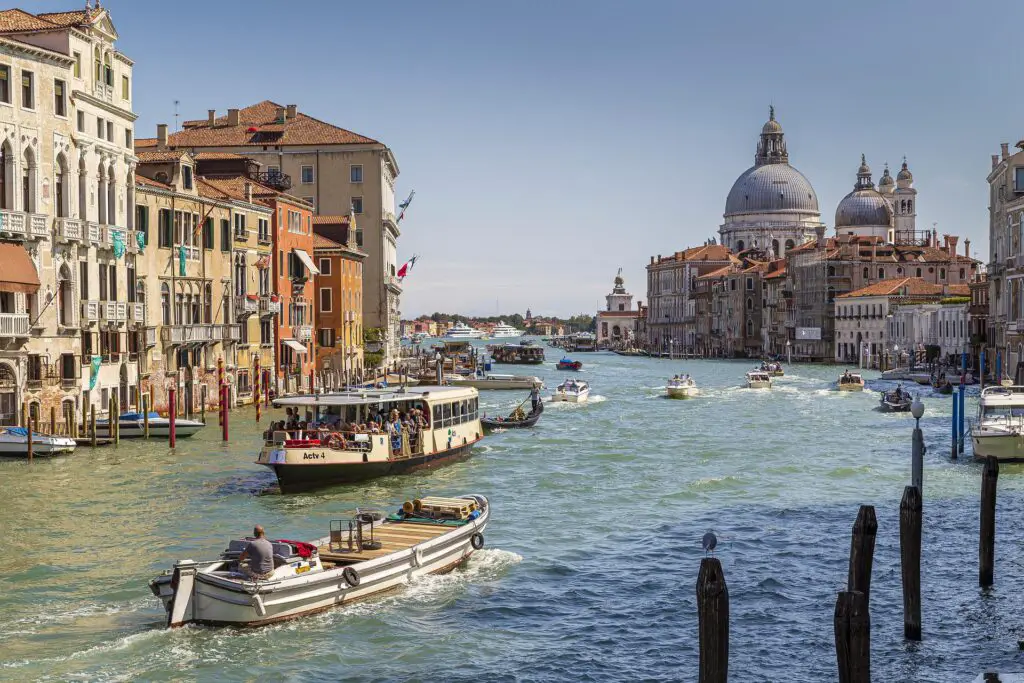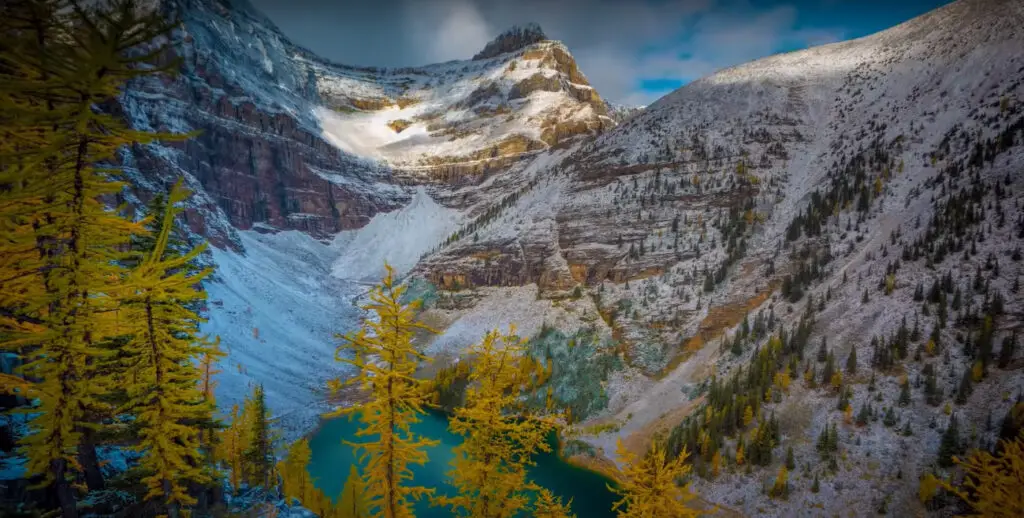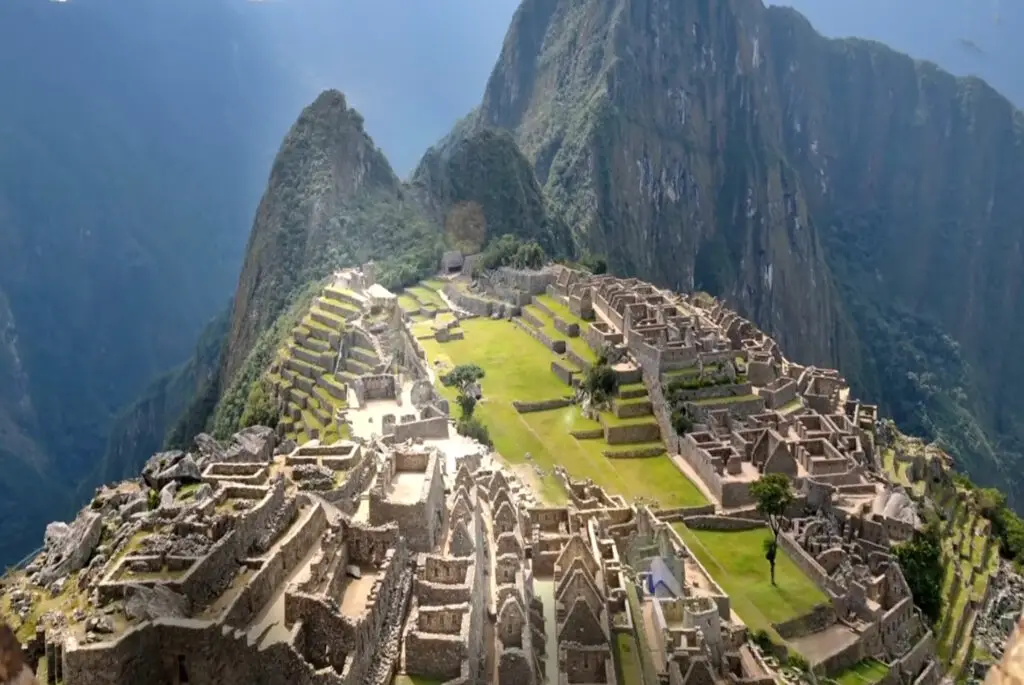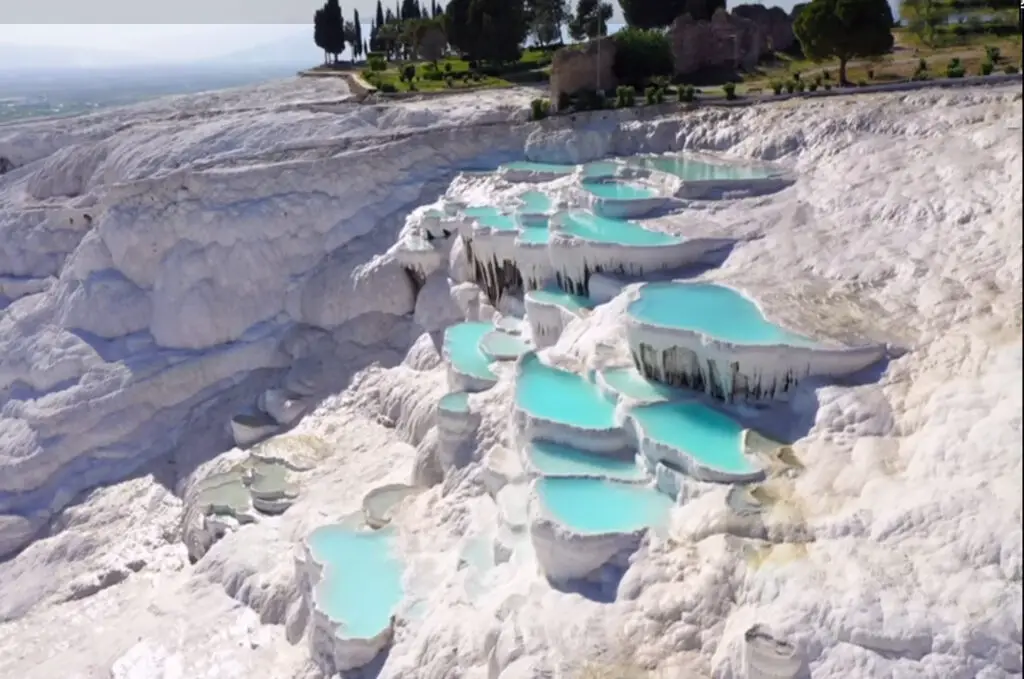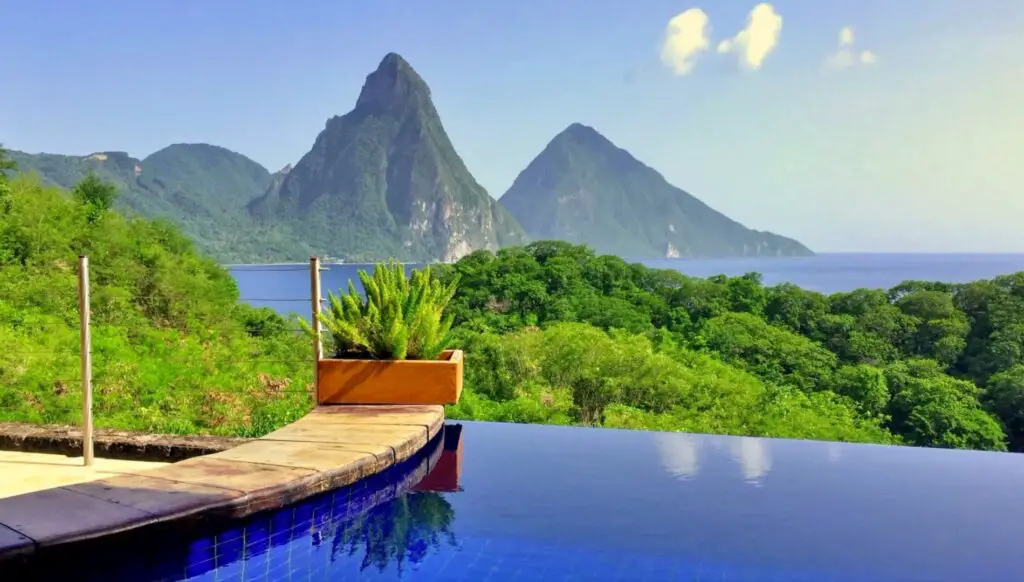Jemaa el Fna is a must-visit destination for anyone traveling to Marrakech. Its unique blend of history, culture, and entertainment make it one of the most iconic squares in the world. From street performers to the food stalls to historic sites, there is something for everyone in Jemaa el Fnaa.
Jemaa el Fnaa is the main square in the heart of the medina of Marrakech, Morocco. It is one of the busiest and most lively places in the city, attracting both locals and tourists alike. Here’s a closer look at this iconic square and what it has to offer.
History and Culture
Jemaa el Fnaa has a rich history dating back to the 11th century, when it was a bustling center of commerce and trade. Over the centuries, it has served as a meeting place for locals and travelers, and as a venue for public events such as festivals, religious processions, and public executions.
Today, Jemaa el Fnaa is known for its vibrant atmosphere and cultural significance. It is a UNESCO World Heritage Site and has been recognized as one of the most important cultural spaces in the world.
Why Jemaa el-Fna Famous?
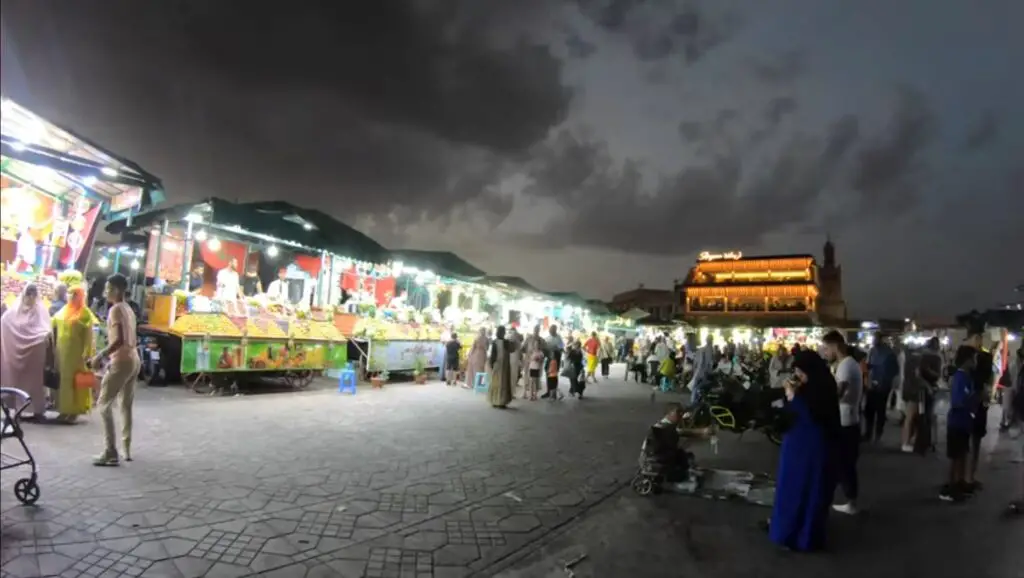 Jemaa el-Fna is famous for several reasons, making it one of the most iconic and popular attractions in Marrakesh, Morocco, as well as a UNESCO World Heritage site. Here are some of the key reasons why Jemaa el Fna holds such significance:
Jemaa el-Fna is famous for several reasons, making it one of the most iconic and popular attractions in Marrakesh, Morocco, as well as a UNESCO World Heritage site. Here are some of the key reasons why Jemaa el Fna holds such significance:
Historical Importance: Jemaa el Fna has a rich history that dates back centuries. It was originally established in the 11th century and has served as the main public square and gathering place for the people of Marrakesh ever since. Throughout the years, it has witnessed various historical events and cultural exchanges.
Cultural Hub: The square is a vibrant cultural hub where locals and visitors come together. It is a melting pot of Moroccan traditions, music, dance, storytelling, and folklore. The square is an excellent place to experience the local way of life and immerse oneself in Moroccan culture.
Night Market: As the day turns to night, Jemaa el Fna transforms into a bustling night market. A wide array of food stalls offers delicious Moroccan cuisine, including tagines, couscous, grilled meats, and freshly squeezed orange juice. It is a paradise for food enthusiasts seeking authentic Moroccan flavors.
Shopping and Souvenirs: The square and its surrounding streets are home to numerous shops and stalls selling traditional handicrafts, textiles, leather goods, spices, and souvenirs. It’s a great place to shop for unique gifts and mementos.
Meeting Point: Jemaa el Fna serves as a central meeting point for locals and tourists alike. Many tours and excursions originate from or meet at the square, making it a convenient starting point for exploring Marrakesh and its surroundings.
Architectural Landmarks: Several significant architectural landmarks surround Jemaa el-Fna, adding to its charm. Notable examples include the Koutoubia Mosque, the Ben Youssef Madrasa, and the Saadian Tombs.
UNESCO Recognition: In 2001, Jemaa el Fna was inscribed as a UNESCO Masterpiece of the Oral and Intangible Heritage of Humanity. This recognition highlights its cultural importance and the preservation of traditional arts and practices.
Overall, Jemaa el Fna’s fame lies in its dynamic and multifaceted character, blending history, culture, entertainment, and commerce into a lively and captivating square that captures the essence of Marrakesh.
Activities and Attractions
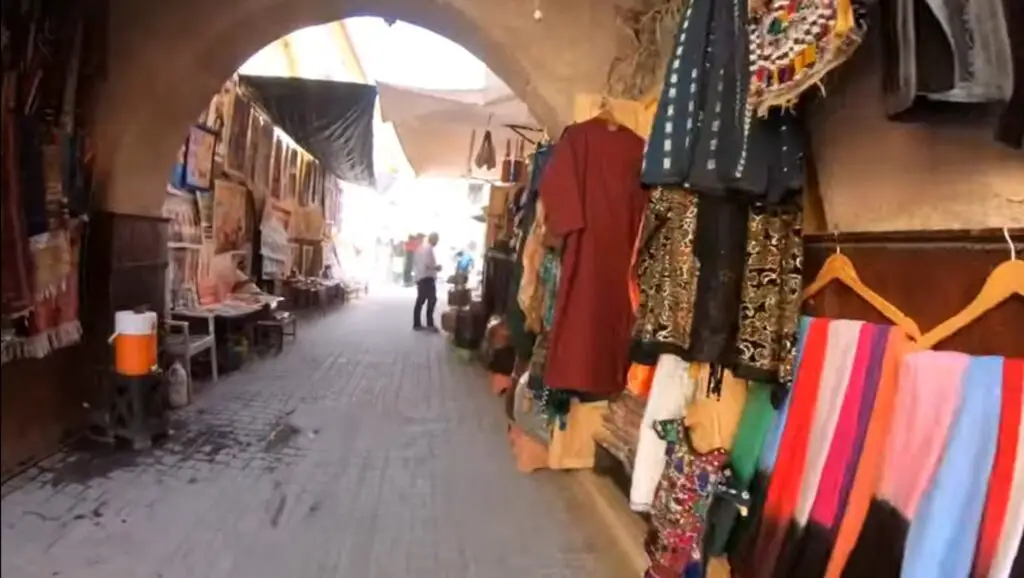
Jemaa el-Fnaa is a hive of activity, with something for everyone. Here are some of the top attractions and things to do in the square:
Street Performers: Jemaa el Fnaa is famous for its street performers, who showcase their talents in music, dance, and acrobatics. These performers are a major draw for tourists and locals alike.
Food Stalls: The square is also home to a wide variety of food stalls offering traditional Moroccan cuisine, including tagines, couscous, and grilled meats. Visitors can sample a range of flavors and dishes while taking in the sights and sounds of the square.
Souks: Surrounding the square are a maze of alleyways and markets, known as souks, selling everything from textiles and ceramics to spices and jewelry. Visitors can explore the souks and bargain for unique souvenirs.
Historic Sites: Jemaa el-Fnaa is also home to several historic sites, including the Koutoubia Mosque and the Ben Youssef Madrasa, a 14th-century Islamic college.
Sunsets: As evening approaches, the square comes alive with the sounds of music and the smells of cooking. Watching the sunset from a rooftop café or restaurant overlooking the square is a popular activity for tourists.
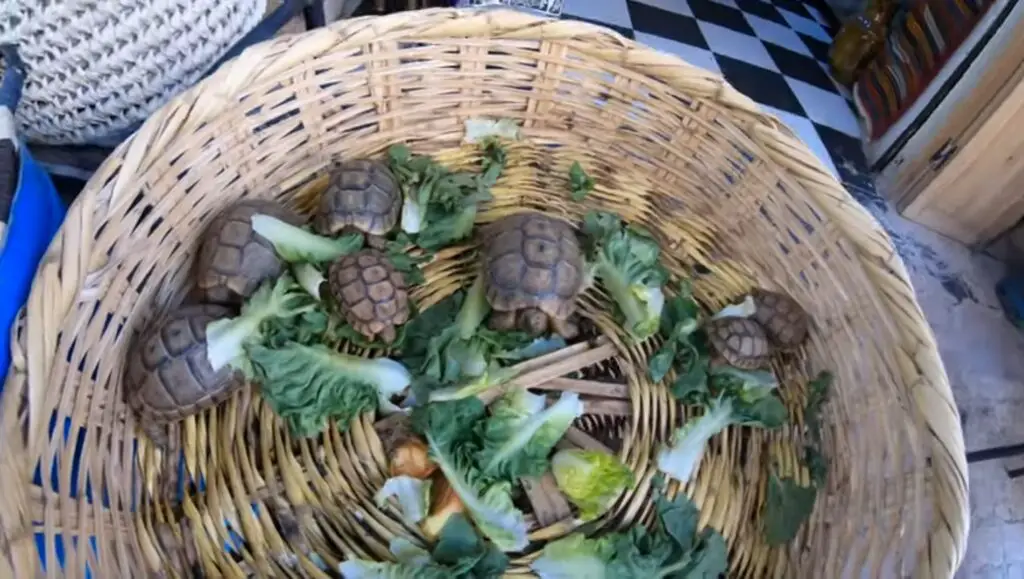
Best Time to go to Jemaa el Fna
Jemaa el-Fna is the vibrant and bustling central square of Marrakesh, Morocco. It comes alive with activity throughout the day, but the atmosphere and experiences can vary depending on the time you visit. The best time to go to Jemaa el-Fna largely depends on your preferences and what you want to experience:
Late Afternoon to Evening: Many visitors consider the late afternoon to be the best time to visit Jemaa el-Fna. During this time, the square becomes even more vibrant with the arrival of food stalls, performers, musicians, and various entertainers. As the sun sets, the atmosphere becomes magical with the illumination of lights, making it an unforgettable experience. This is also when the night market starts, offering a wide array of delicious Moroccan street food.
Early Morning: If you prefer a more peaceful and less crowded experience, consider visiting Jemaa el-Fna early in the morning. At this time, the square is relatively quiet, and you can observe the locals going about their daily routines. You might also find some food and juice stalls open for a fresh breakfast experience.
Avoiding Midday: The midday hours in Marrakesh can be scorching, especially during the summer months. Temperatures can rise significantly, and the square can become uncomfortably hot and crowded. Many locals and visitors tend to seek shelter or stay indoors during this time. If you’re not fond of hot weather and crowds, it’s best to avoid the midday hours.
Evening to Night: If you enjoy the hustle and bustle of a lively atmosphere, visiting Jemaa el-Fna in the evening and night can be a great choice. The square truly comes alive during this time, with a myriad of activities and entertainment options to enjoy.
Ultimately, the best time to visit Jemaa el-Fna depends on your personal preferences and what kind of experience you are seeking. Whether you prefer the energy and excitement of the evening or the tranquility of early morning, Jemaa el-Fna has something unique to offer at different times of the day.

